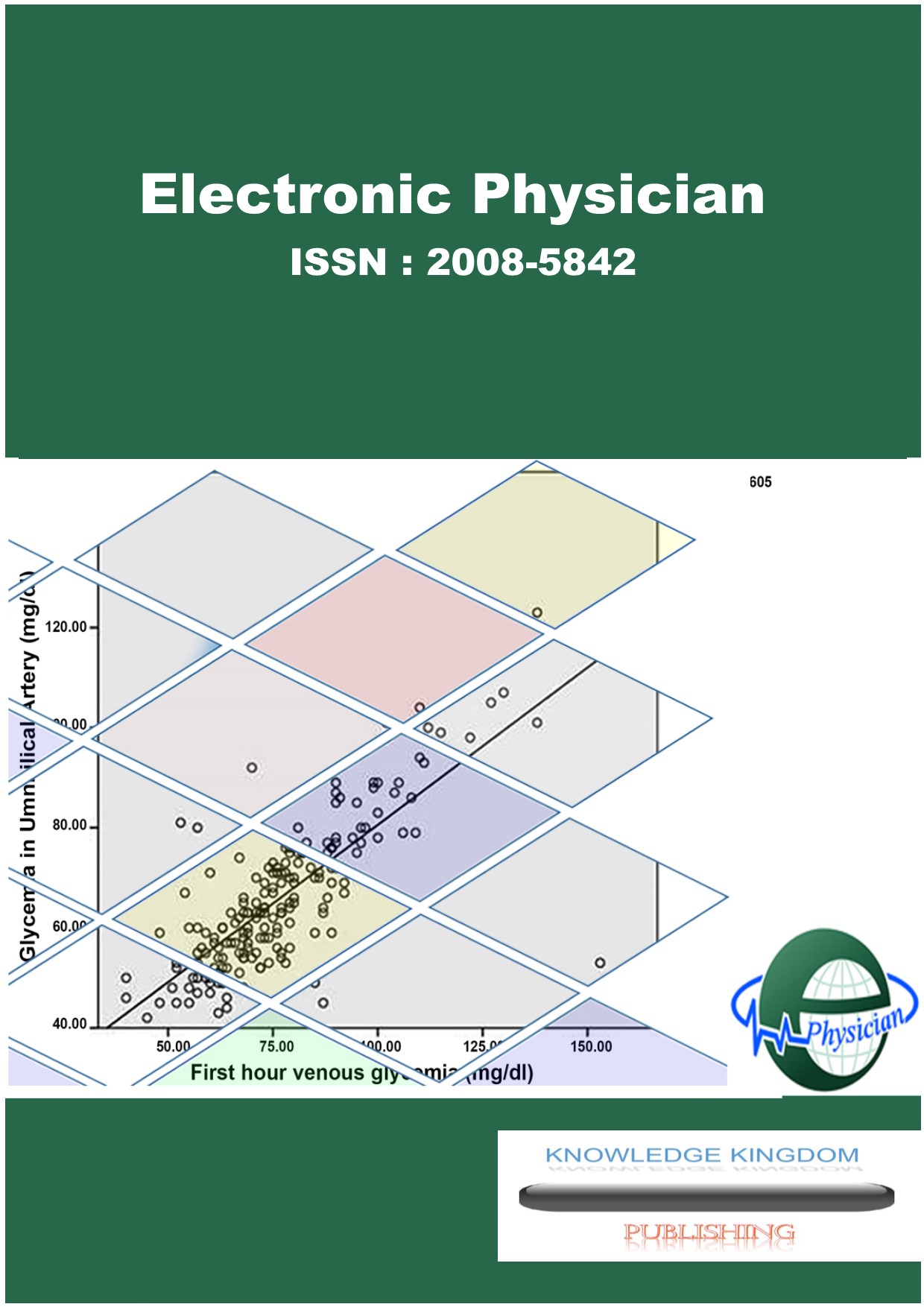The Effect of an Educational Leaflet on Parents' Knowledge, Performance, and Self-Assessment Scores Regarding Oral Health Elements, with a Special Focus on Fluoride
Keywords:
health education, fluorides, oral healthAbstract
Background: Increasing parental knowledge on dental health is crucial as it has a direct influence on their children's oral health and behavior related to oral care. While most parents exhibit positive attitudes towards preventive dental healthcare, there exists a level of uncertainty regarding several facets of oral care such as fluoride usage, sugar consumption, and more. Consequently, oral health education initiatives should explicitly emphasize various elements encompassing oral health.
Objectives: The aim of the present research was to assess the impact of an educational leaflet on parents’ knowledge and performance regarding children’s dental health with a particular emphasis on fluoride.
Methods: In this educational experimental study, parents of 124 children were assigned randomly to either a leaflet group (n=61) which received an educational pamphlet, or a control group (n=63) without any pamphlet. All participants were asked to complete a valid and reliable researcher-developed questionnaire both before the distribution of the pamphlet and one month after. The questionnaire consisted of four domains of demographic information, knowledge questions, performance questions and self-assessment questions. The results were analyzed using SPSS 21 via t-test and General linear regression model.
Results: The participants' age ranged from 25 to 47 years. By the conclusion of our study, there was a significant improvement in knowledge scores for both groups (p<0.001), with the intervention group showing a more prominent increase compared to the control group (p<0.001) but there was no significant difference between the two groups regarding performance change. There was a statistically significant decrease in the self-assessment scores for both groups (p<0.001), but there was no significant difference between the intervention and control group (p=0.151).
Conclusion: The use of the educational leaflet demonstrates effectiveness as a tool for oral health education.
References
Heymann HO, Jr EJS, Ritter AV. Sturdevant's Art and Science of Operative Dentistry. 6th ed, St. Louis, USA, Elsevier; 2013.
Petersen PE. Challenges to improvement of oral health in the 21st century--the approach of the WHO Global Oral Health Programme. Int Dent J. 2004; 54(6):329-343. PMID: 15631094 https://doi.org/10.1111/j.1875-595X.2004.tb00009.x
Poutanen R, Lahti S, Seppa L, Tolvanen M, Hausen H. Oral health-related knowledge, attitudes, behavior, and family characteristics among Finnish schoolchildren with and without active initial caries lesions. Acta Odontol Scand. 2007; 65(2):87-96. PMID: 17453426.https://doi.org/10.1080/00016350601058077
Akpabio A, Klausner CP, Inglehart MR. Mothers'/guardians' knowledge about promoting children's oral health. J Dent Hyg.2008;82(1):12. PMID: 18269813.https://pubmed.ncbi.nlm.nih.gov/18269813
Centers for Disease Control and Prevention. Recommendations for Using Fluoride to Prevent and Control Dental Caries in the United States. https://www.cdc.gov/mmwr/preview/mmwrhtml/rr5014a1.htm.2001. Published August 17. 2001.
O’Mullane DM, Baez RJ, Jones S, Lennon MA, Petersen PE, Rugg-Gunn AJ, et al. Fluoride and Oral Health. Community Dent Health. 2016;33(2):69-99. PMID: 27352462 .https://doi.org/10.1922/CDH_3707O’Mullane31
Alshehri M, Kujan O. Parental views on fluoride tooth brushing and its impact on oral health: A cross-sectional study. J Int Soc Prev Community Dent. 2015;5(6):451-456. PMID: 26759797.https://doi.org/10.4103/2231-0762.167728
Gussy MG, Waters EB, Riggs EM, Lo SK, Kilpatrick NM. Parental knowledge, beliefs and behaviours for oral health of toddlers residing in rural Victoria. Aust Dent J.2008;53(1):52-60. PMID: 18304242.https://doi.org/10.1111/j.1834-7819.2007.00010.x
Jensen O, Gabre P, Skold UM, Birkhed D. Fluoride toothpaste and toothbrushing; knowledge, attitudes and behaviour among Swedish adolescents and adults. Swed Dent J. 2011;35(4):203-213. PMID: 22372308.https://pubmed.ncbi.nlm.nih.gov/22372308/
Finlayson TL, Siefert K, Ismail AI, Sohn W. Psychosocial factors and early childhood caries among low-income African-American children in Detroit. Community Dent Oral Epidemiol. 2007;35(6):439-448. PMID: 18039285.https://doi.org/10.1111/j.1600-0528.2006.00352.x
Adil AH, Eusufzai SZ, Kamruddin A, et al. Assessment of Parents' Oral Health Literacy and Its Association with Caries Experience of Their Preschool Children. Children (Basel). 2020 Aug 18;7(8):101. PMID: 32824693.doi: 10.3390/children7080101.
Naidu RS, Nunn JH. Oral Health Knowledge, Attitudes and Behaviour of Parents and Caregivers of Preschool Children: Implications for Oral Health Promotion. Oral Health Prev Dent. 2020; Apr 1;18(1):245-252. PMID: 32618448.doi: 10.3290/j.ohpd.a43357.
Okada M, Kawamura M, Miura K. Influence of oral health attitude of mothers on the gingival health of their school age children. ASDC J Dent Child. 68(5-6):379-83. https://pubmed.ncbi.nlm.nih.gov/11985205/.
Sarnat H, Kagan A, Raviv A. The relation between mothers' attitude toward dentistry and the oral status of their children. Pediatr Dent.1984;6(3):128-131. PMID: 11985205.https://pubmed.ncbi.nlm.nih.gov/6596558/.
McCarney R, Warner J, Iliffe S, van Haselen R, Griffin M, Fisher P. The Hawthorne Effect: a randomised, controlled trial. BMC Med Res Methodol. 2007;3(7):30. PMID: 17608932.https://doi.org/10.1186/1471-2288-7-30
Hashemian TS, Kritz-Silverstein D, Baker R. Text2Floss: the feasibility and acceptability of a text messaging intervention to improve oral health behavior and knowledge. J Public Health Dent.2015;75(1):34-41. PMID: 25091471.https://doi.org/10.1111/jphd.12068
Sharma R, Hebbal M, Ankola AV, Murugabupathy V. Mobile-phone text messaging (SMS) for providing oral health education to mothers of preschool children in Belgaum City. J Telemed Telecare.2011;17(8):432-436. PMID: 22025742.https://doi.org/10.1258/jtt.2011.110416
Solhi M, Zadeh DS, Seraj B, Zadeh SF. The application of the health belief model in oral health education. Iranian journal of public health.2010;39(4):114-119. PMID: 23113044. https://www.ncbi.nlm.nih.gov/pmc/articles/PMC3481698/.
Makvandi Z, Karimi-Shahanjarini A, Faradmal J, Bashirian S. Evaluation of an oral health intervention among mothers of young children: a clustered randomized trial. J Res Health Sci, 2015;15(2):88-93. PMID: 26175290.http://jrhs.umsha.ac.ir/index.php/JRHS/article/view/1955/.
Downloads
Published
Issue
Section
License
Copyright (c) 2023 Knowledge Kingdom Publishing

This work is licensed under a Creative Commons Attribution-NonCommercial 4.0 International License.









